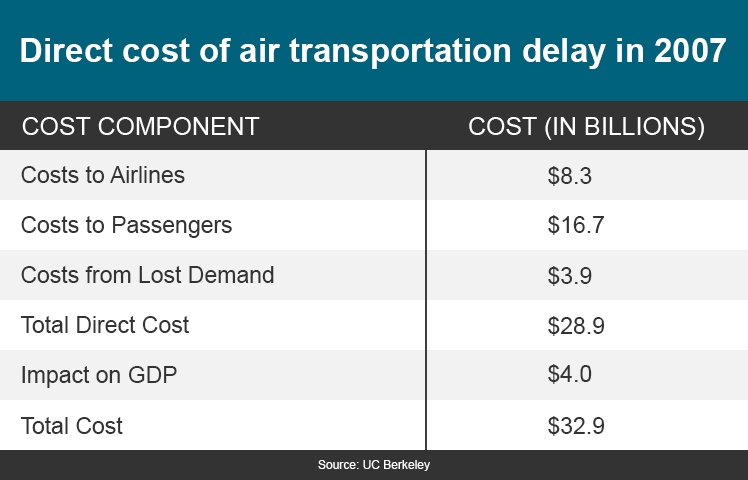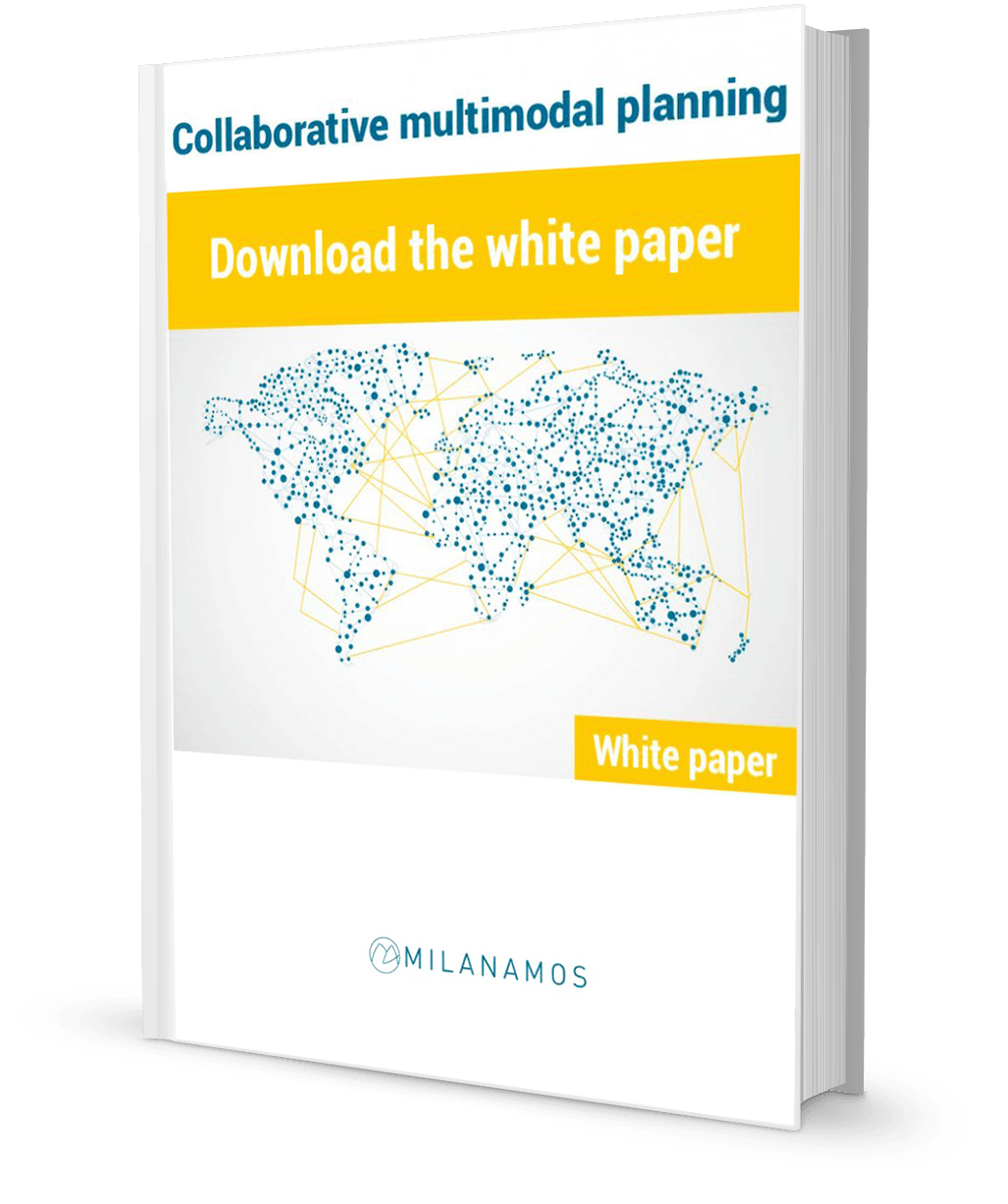Big data is the next big thing for the travel industry. Airlines often focus on the marketing potential of big data as a way to plan routes and improve services. But there are also operational benefits to be had from smarter use of data.
McKinsey (see reference link below) estimate that the global transport industry as a whole could save $400 billion a year by better use of existing infrastructure. And much of those potential savings come in the form of more strategic use of information.
GE General Electric says Brazil study could save 7.5 minutes per airline landing.
Do the math. If your airline could save 300 litres of fuel per landing, what would the annual saving be? For the majority of airlines, it’s millions of dollars.
It’s an economy that GE Global Research (link below) are predicting … simply by changing the way that flight paths are managed.
Rather than putting planes into a holding pattern over an airport, GE calculate that giving each aircraft its own flight path – based on data like GPS positioning, speed and airport congestion – would enable planes to take a curved but more efficient route to their destination.
According to GE figures, which were carried out to manage air congestion in Brazil, the smarter use of data would give an average saving of 22 less miles per flight and 77 less gallons per landing by not having planes circle airports. In Brazil alone the savings would amount to $24 million over 5 years.
According to McKinsey, that smarter use of airline data in the US would increase airport capacity by 16% to 59%. And that’s with no extra investment in airport infrastructure.
Airport delays cost US economy $6b to $32b.
McKinsey put the cost of airport delays for the US economy at $6 billion. The University of California, Berkeley, go higher at $32.9 in a 2010 analysis of 2007 airport figures. If the true figure lies between those two extremes, the cost of delays is still significant.

So just as better use of data can have an effect on landing economies, those efficiencies will have a ripple effect on take offs. Airport managers and flight controllers know only too well that the cumulative effect of missed slots can add up to significant problems during the working day of an airport.
In addition to airport-centric use of big data, technologists can see passenger-centric apps that would help to reduce one of the causes of delays: late check-in. Data driven apps would give each passenger flight updates on their smartphone, and alert passengers to when they need to start proceeding to a gate. The data behind the app could even be smart enough to plan each passenger’s time to the gate, based on their location within the airport, travel status (e.g., alone or with kids) and even, conceivably, health status (from fitness apps or wearable devices).
As an aside, with the EU having recently passed PNR Passenger Name Record legislation, and PSS systems becoming more widely adopted, there will be more data potentially available for the next generation of applications. Airline consulting firm Conztanz have written about EU PNR on their website.
Big data efficiencies demand competitive collaboration. That’s where Milanamos can help.
The greatest barrier to implementing tomorrow’s big data solutions is not based on technology, but on corporate mindsets. It is in the nature of businesses to guard the data they collect as they consider it to have a competitive value.
But the true value of data is only unlocked when it is shared. And that’s because the correlation between data from different sources – like airlines, airports, train companies, phone companies and demographic studies – is what delivers real insights. It’s where the magic happens.
As specialist in big data management for the transport sector, Milanamos builds the first “collaborative network planning” solution enabling multimodal hub design..
From predictive route planning through to enabling multimodal networks, Milanamos helps the transport industry to unlock the value of big data.











